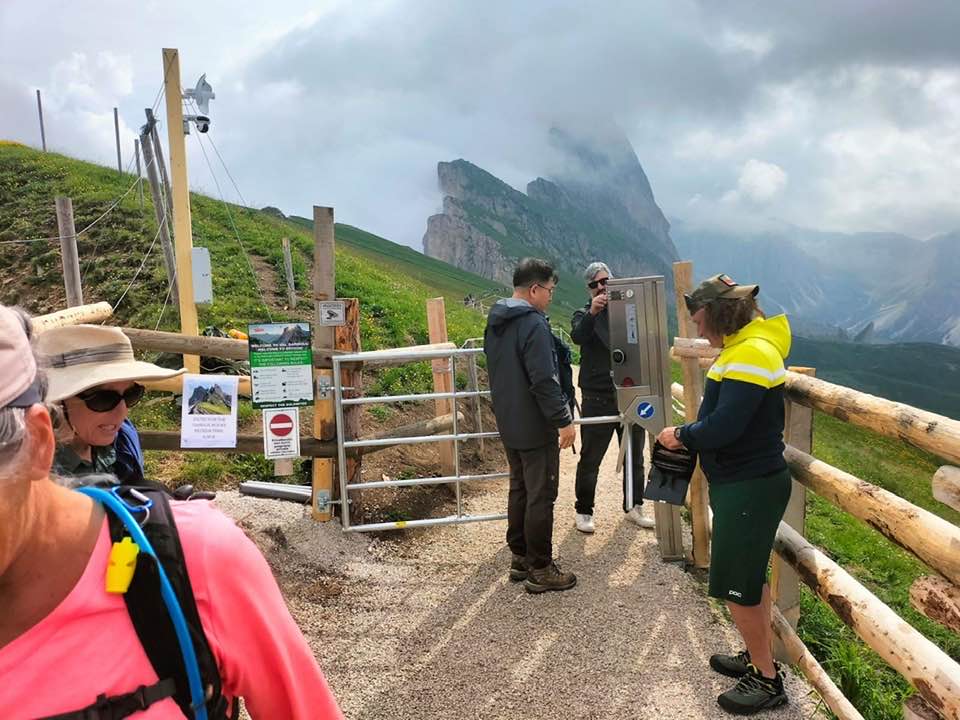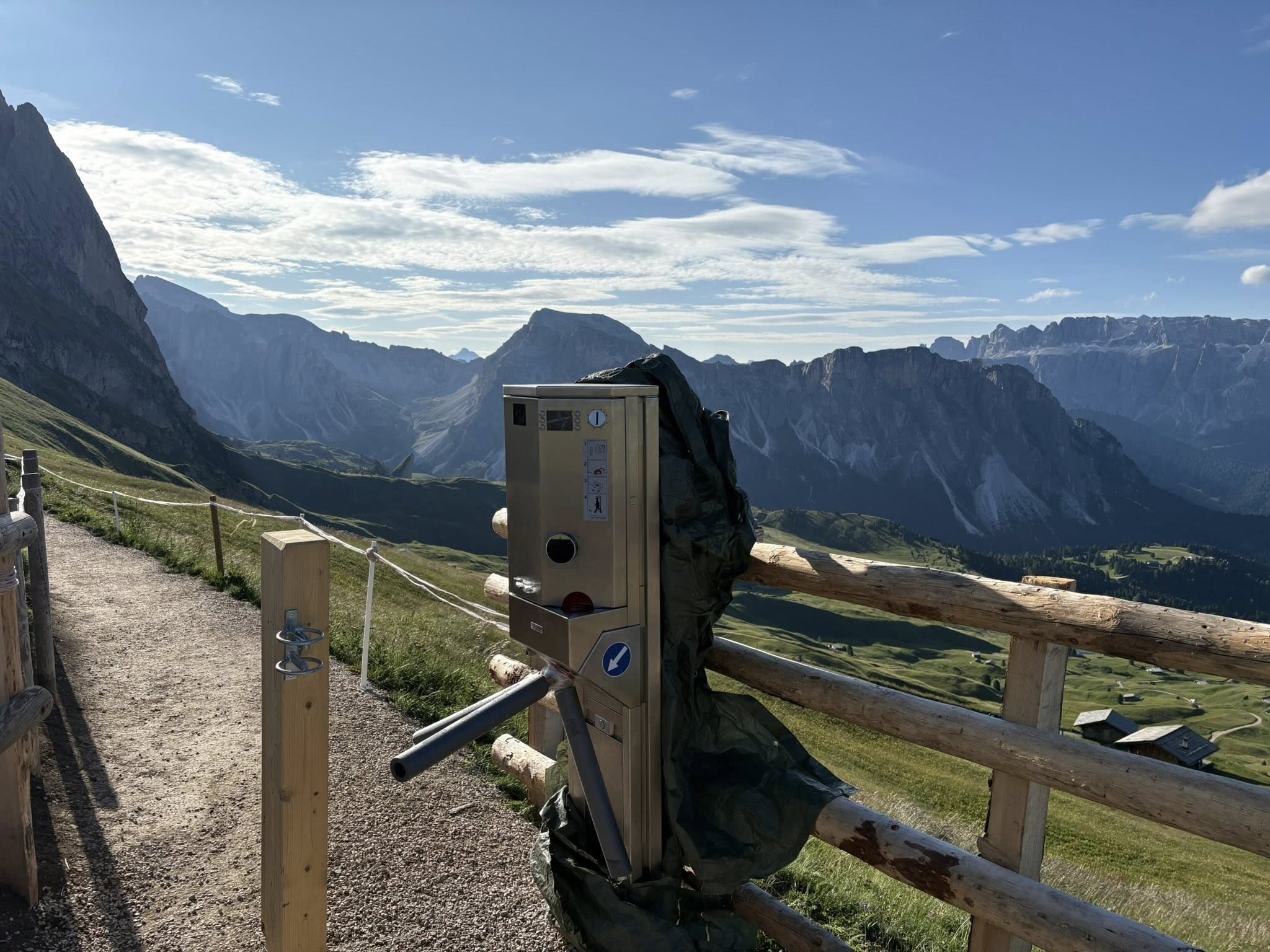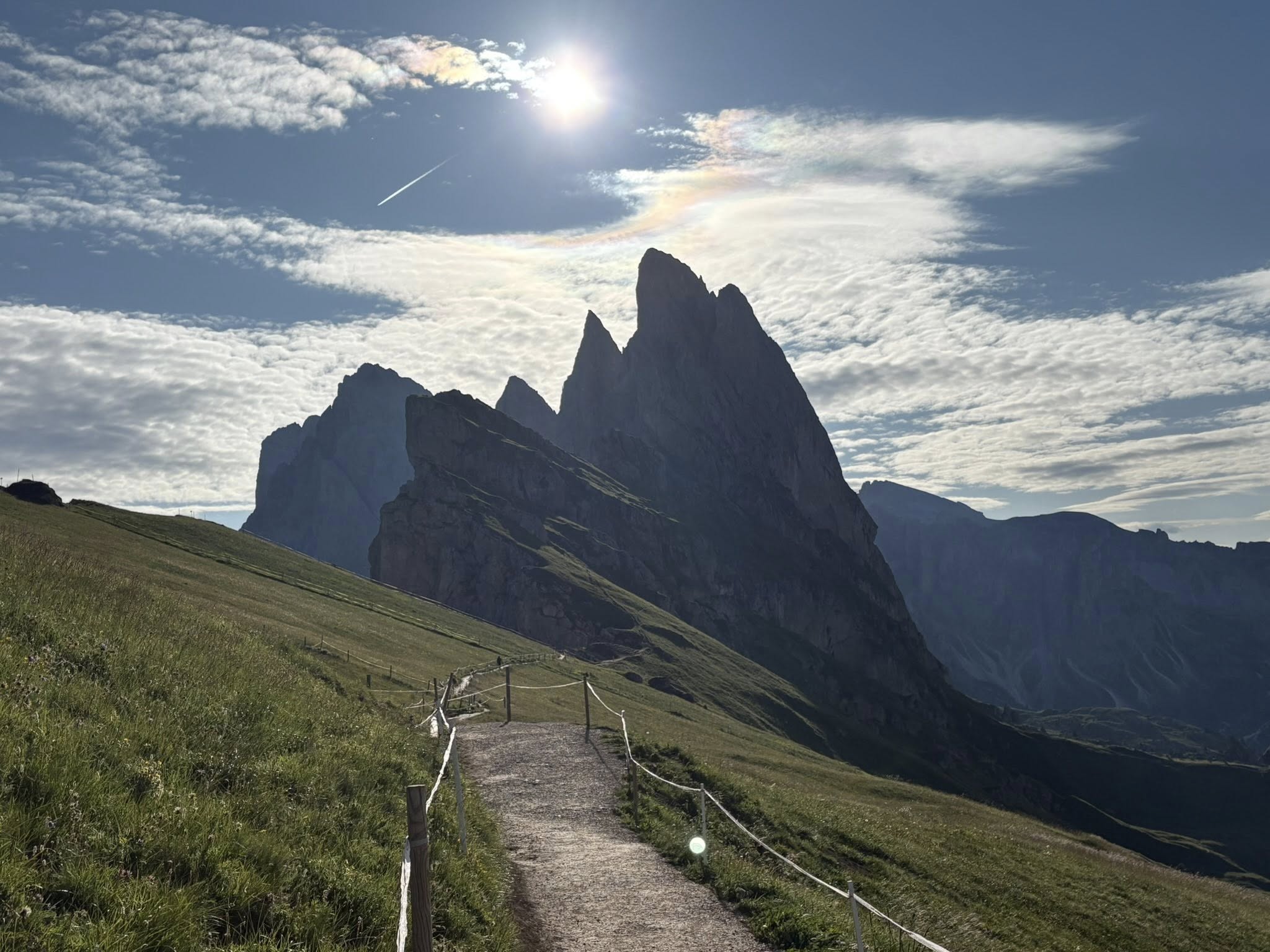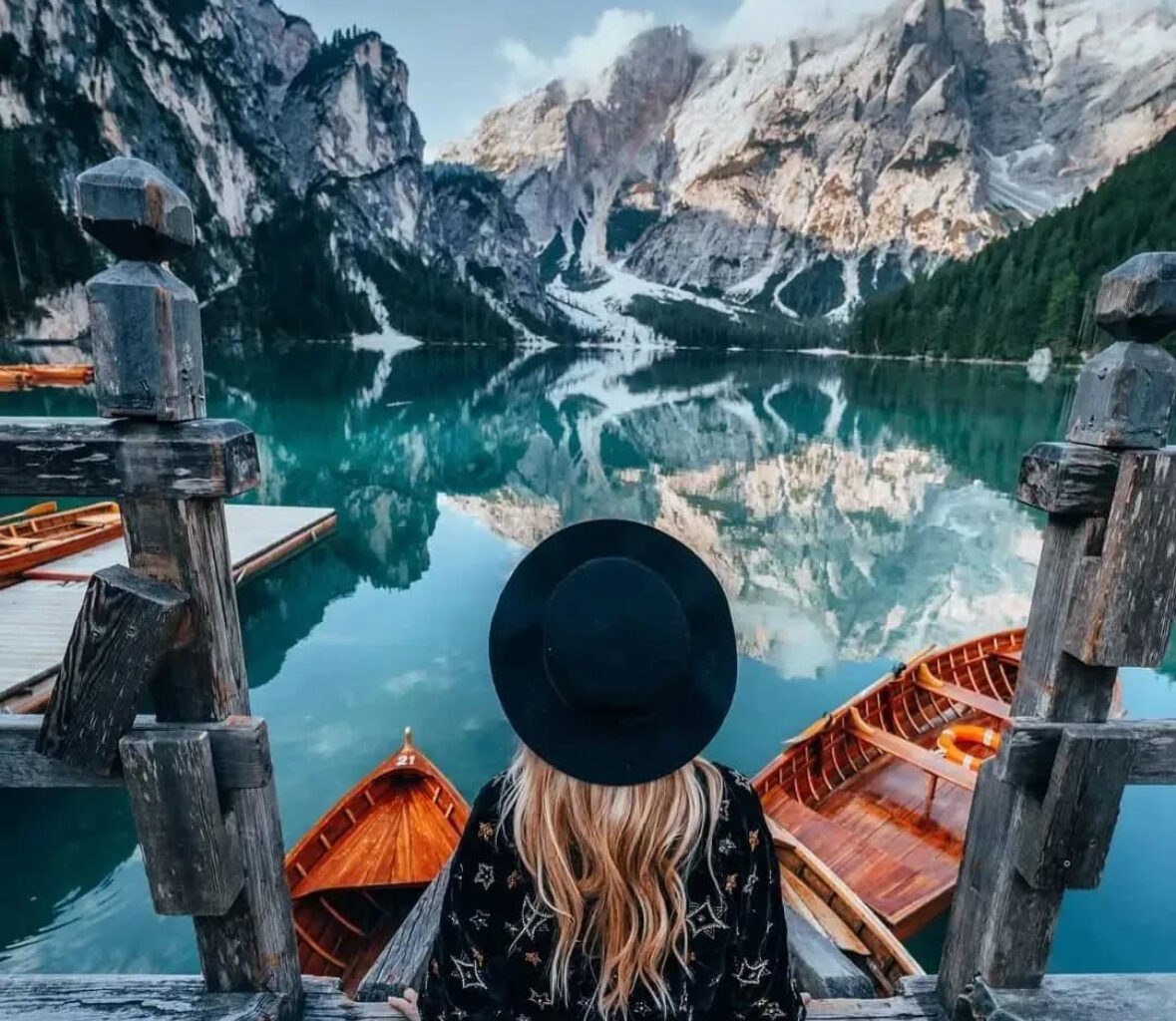
 Influencers have made South Tyrol so popular that many areas are threatening to break from the sudden influx of tourists. | Image: @travelsbeautifulworld
Influencers have made South Tyrol so popular that many areas are threatening to break from the sudden influx of tourists. | Image: @travelsbeautifulworld
Once known for its tranquility, South Tyrol, Italy, is now straining under the weight of its own popularity. With record-breaking visitor numbers in recent years, the picturesque region in Italy’s Dolomites has become a cautionary tale in overtourism. Popular towns like St. Ulrich (Ortisei), Wolkenstein (Selva Val Gardena), and hotspots such as Seceda in the famous Gröden/Val Gardena skia rea have seen such high levels of foot traffic that locals, officials, and conservationists are sounding the alarm—some individuals have even taken matters into their own hands.
In 2024, South Tyrol recorded a new all-time high of 37.1 million overnight stays, an increase of 2.6% from the previous year, from a total of 8.7 million tourists to the region, an increase of 3.3% from 2023, according to the statistics institute ASTAT. In some valleys, the number of guests even outpaces the local population during peak months. Despite South Tyrol being a well known ski region, the summer months actually record the lion share of these overnight stays, with more than 6 million stays recorded during August. South Tyrol’s tourism chief, Florian Zerzer, has acknowledged that the region is “hitting its limits.”
The pressure is perhaps most visible in the Dolomites. This summer, iconic hiking routes have been flooded with visitors, many drawn in by viral social media posts. In hopes of recreating the iconic shots of dramatic ridgelines or the emerald alpine waters, thousands have been flocking to the same gondola stations and trampling down the same paths in hopes of snapping the same picture or filming a similar video. Footage of lengthy queues at gondola stations such as the Seceda ropeways at Gröden/Val Gardena have ignited anger among local residents and organizations. The Club Alpino Italiano (CAI) has warned that the situation is unsustainable. CAI chairman Carlo Alberto Zanella recently expressed frustration, calling the summer crowds “a disaster,” and urging local governments to act.

 The gate was installed by a local farmer who was frustrated with the crowds. | Image: Carlo Alberto Zanella
The gate was installed by a local farmer who was frustrated with the crowds. | Image: Carlo Alberto Zanella
Some locals have taken measures into their own hands. One local farmer in Gröden/Val Gardena installed a toll gate along his path, as he was growing frustrated with hikers who would trample on his grass and leave behind garbage. The toll gate charged €5 as entry fee for one of the main paths that gives spectacular views to the famous Drei Zinnen (Three Peaks). While the installation was called illegal by the local community, which demanded it to be taken down, the move has ignited heated discussions on what actions can be taken to control the crowds and compensate farmers for damage to their land. The Pragser Wildsee (Lake Braies) has taken to requiring an online ticket to get access to the idyllic lake made globally popular by influencers. A ticket for a car is €40 ($47) to gain access to the area.

 The gate was installed by a local farmer who was frustrated with the crowds. | Image: Carlo Alberto Zanella
The gate was installed by a local farmer who was frustrated with the crowds. | Image: Carlo Alberto Zanella
Local authorities have also floated other ideas of capping visitor numbers, such as implementing reservation systems for certain trails and natural areas. South Tyrol’s governor, Arno Kompatscher, supports regulating tourism more tightly, particularly in the most congested locations. He emphasized that unchecked tourism not only threatens fragile alpine ecosystems but also the quality of life for residents.
Beyond trail congestion and environmental degradation, the effects of overtourism are also being felt in housing and infrastructure. Rising demand for vacation rentals is driving up real estate prices, making it harder for locals to afford housing. Meanwhile, waste management and public transport networks are struggling to keep up with seasonal spikes.

 The famous 3 Zinnen (3 peaks) in Gröden/Val Gardena. | Image: Carlo Alberto Zanella
The famous 3 Zinnen (3 peaks) in Gröden/Val Gardena. | Image: Carlo Alberto Zanella
According to the ASTAT study, the largest group of tourists to South Tyrol comes from Germany, closely followed by Italians from other states further south. While Asians and Americans account for just around 1% each of the 37.1 million nights, they make up the strongest growing groups of visitors. From 2023 to 2024, the number of Asian tourists increased by 18% while the number of U.S. tourists increased by a staggering 27%.
South Tyrol’s dilemma reflects a broader crisis not just in the European Alps but also other popular tourist destinations across Europe. As debates intensify over how to preserve areas of natural beauty such as the Dolomites without cutting off the economic lifeline of tourism, one thing is clear: the region must find a balance—and soon.

 The stunningly beautiful Pragser Wildsee is now charging for access to the lake. | Image: @urlaubsguru
The stunningly beautiful Pragser Wildsee is now charging for access to the lake. | Image: @urlaubsguru
